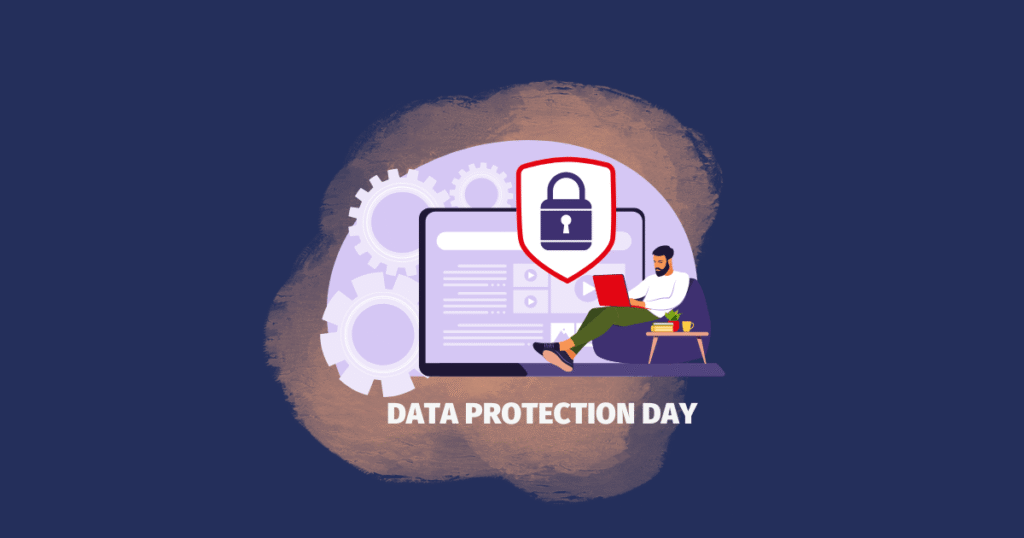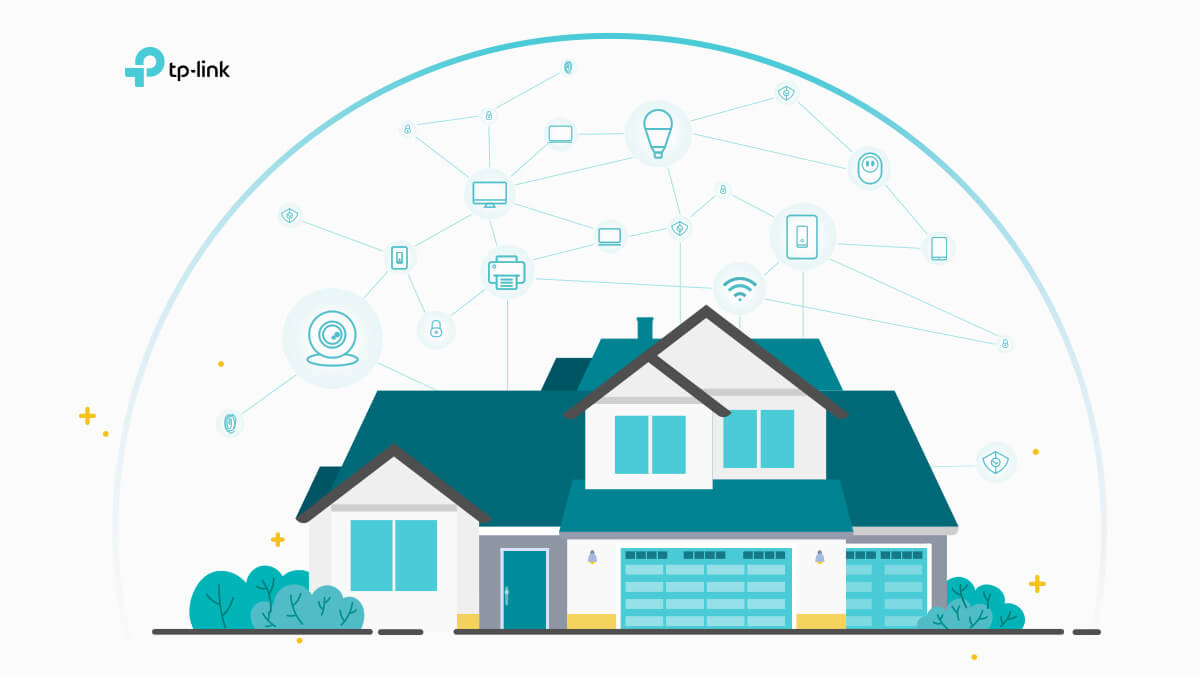The internet in 2025 is more expansive—and more dangerous—than ever. While we enjoy seamless connectivity, AI-driven experiences, and smart everything, our personal data has never been more exposed. Cyberattacks are smarter, data brokers are more pervasive, and privacy is quickly becoming a luxury rather than a right.
If you’re reading this, you probably already know your online data is valuable. What you may not realize is how easily it can be harvested, sold, or stolen if you don’t take proactive steps.
This in-depth guide explores five powerful strategies to help you protect your personal data online in 2025. Each strategy is broken down into actionable tips, modern tools, and realistic scenarios you may face.
1. Use Strong, Unique Passwords and Enable Multifactor Authentication (MFA)
In the battle for online privacy, your first line of defense is your password. And in 2025, that means far more than just avoiding “123456.”
🔐 Why Password Security Still Matters
Even as biometrics and passwordless logins become more common, traditional credentials remain the most frequently exploited method in data breaches. Cybercriminals use stolen credentials in credential stuffing attacks, which involve using leaked username/password combinations across multiple platforms.
✅ Best Practices for 2025:
- Use a password manager like Bitwarden, 1Password, or Dashlane. These tools can generate and store complex, unique passwords for every account.
- Avoid reusing passwords across services. If your Netflix login is the same as your bank login, you’re inviting disaster.
- Enable MFA (multifactor authentication) everywhere possible. This adds a second layer of security—such as a mobile code, biometric scan, or security key—before granting access.
🛠 Recommended MFA Tools:
- Authy: Cloud backups and support for most services.
- Google Authenticator: Lightweight and secure.
- YubiKey: A physical device offering the highest level of security for critical accounts.
2. Control What You Share—and Where You Share It
In the age of hyper-personalized ads, you are the product. From social media likes to GPS movements, nearly everything you do online is logged, sold, and analyzed.
📉 The Reality of Data Brokers in 2025
In 2025, data brokerage is a booming, mostly unregulated industry. Companies like Acxiom, Oracle, and hundreds of others collect data on everything from your purchase habits to your mental health, then sell it to marketers, insurers, and even political campaigns.
✅ How to Reclaim Control:
- Audit your privacy settings on major platforms like Facebook, Google, and Amazon. Disable location tracking, ad personalization, and voice data collection.
- Opt out of data brokers. Services like DeleteMe, Jumbo, and Privacy Bee help you request removal from dozens of data broker sites.
- Limit what you share on social media. That seemingly innocent post about your dog’s name or your first car could help hackers answer security questions.
🛡 Bonus Tip:
- Use burner accounts or aliases for websites you don’t fully trust.
- Consider using temporary email services like SimpleLogin or AnonAddy when signing up for non-essential services.
3. Browse Safely with a Privacy-First Setup
Most internet users unknowingly allow hundreds of trackers to follow their online behavior. In 2025, browser fingerprinting, AI-based tracking, and invisible trackers are common—especially on mobile devices.
🌐 Modern Browser Threats:
- Fingerprinting: Collects details like screen size, browser type, and fonts to build a unique profile.
- Supercookies: Harder-to-delete trackers that persist even after you clear cookies.
- Session replay scripts: Record every mouse movement and keystroke for analysis.
✅ How to Stay Safe While Browsing:
- Use privacy-focused browsers like Brave, Firefox, or Tor Browser.
- Install browser extensions that block trackers:
- uBlock Origin (ads and trackers)
- Privacy Badger (AI-driven tracker blocking)
- HTTPS Everywhere (enforces secure connections)
- Use a VPN (Virtual Private Network) to encrypt your traffic and hide your IP address from ISPs and websites.
🔒 Recommended VPNs in 2025:
- Mullvad: Does not require an email and prioritizes anonymity.
- Proton VPN: Open source and built by privacy experts.
- IVPN: Strong ethical focus and transparent privacy policies.
4. Stay Ahead of Scams and Phishing Attacks
Phishing is no longer limited to sketchy emails. In 2025, AI-generated scams are near-perfect replicas of real messages, using advanced language models and deepfake audio/video to trick even tech-savvy users.
📉 The Rise of Deepfakes and Voice Scams
- Voice cloning scams now use a few seconds of your voice (from a voicemail or YouTube video) to impersonate you convincingly.
- AI phishing bots scan your social media to tailor personalized scam messages.
✅ How to Protect Yourself:
- Never click suspicious links—especially those received via text or DMs.
- Verify contacts independently before sending money or credentials. If your “boss” emails asking for a wire transfer, call them to confirm.
- Use email providers with phishing detection, like Gmail or Outlook, but stay skeptical.
🛠 Tools That Help:
- Bitdefender TrafficLight: Protects you from malicious websites and phishing attacks in real time.
- Mailvelope or ProtonMail: Enable encrypted email communication.
- HaveIBeenPwned: Check if your email or passwords have been compromised in a data breach.

5. Embrace Zero-Trust Thinking for Personal Security
Zero-trust architecture, once a buzzword in enterprise IT, is now a useful mindset for individuals.
🧠 What Is Zero-Trust?
Zero-trust means never automatically trusting any device, user, or software—internal or external. Always verify.
In personal cybersecurity, that means:
- Don’t trust an app just because it’s on the App Store.
- Don’t assume your home Wi-Fi is secure.
- Don’t share files just because they came from a friend’s account.
✅ Actions to Apply Zero-Trust at Home:
- Audit app permissions regularly (especially on Android and smart home hubs).
- Use endpoint protection on all your devices—phones, tablets, and even smart TVs.
- Encrypt your devices with full-disk encryption (BitLocker on Windows, FileVault on macOS, built-in settings on Android and iOS).
🧱 Physical and Digital Security Go Together
- Secure your home router (change default login, use WPA3, disable remote access).
- Use smart locks or surveillance wisely—don’t trade away privacy for convenience.
- Set up device wipe-on-fail security settings (e.g., erase data after 10 failed login attempts).
🧠 Real-Life Scenarios in 2025
Let’s bring this advice to life with a few hypothetical situations you might face in 2025—and how the tips above protect you.
📱 Scenario 1: “Your Bank Account Is Locked”
You get a text that looks like it’s from your bank with a link to reset your password. It uses your real name, phone number, and partial account number.
Without protection: You click, enter your login info, and it’s immediately harvested.
With protection:
- You recognize the scam thanks to phishing awareness.
- Your real bank account has MFA, so even if credentials were entered, access is denied.
- The phishing page is blocked by your browser extension or VPN.
🧠 Scenario 2: “My Identity Was Sold to an Insurance Company”
You sign up for a fitness app using your real name and email. It collects your heart rate and sleeping patterns. Six months later, you’re denied life insurance due to “health risk data.”
With protection:
- You used a masked email (via SimpleLogin).
- You opted out of third-party data sharing in the app’s settings.
- You routinely delete inactive accounts using a data minimization tool.
🏠 Scenario 3: “My Smart Doorbell Got Hacked”
Hackers use a vulnerability in your smart doorbell to spy on you and gain access to your Wi-Fi.
With protection:
- The doorbell is on a separate VLAN or guest network.
- Your router has firewall and firmware updates enabled.
- Device access is restricted by MAC filtering and encrypted passwords.
🔚 Conclusion: The Future of Personal Data Privacy
The battle for online privacy in 2025 is a marathon, not a sprint. Technology will always evolve, and bad actors will continue to innovate. But by adopting the five strategies outlined here, you’ll be far better protected than the average internet user.
To recap:
| Strategy | Key Action |
|---|---|
| 1. Use Strong Passwords & MFA | Password managers + multifactor authentication |
| 2. Control What You Share | Audit settings, use burner info, remove data |
| 3. Private Browsing Setup | VPNs, tracker blockers, private browsers |
| 4. Avoid AI Phishing & Deepfakes | Stay skeptical, verify independently |
| 5. Embrace Zero-Trust Thinking | Constant vigilance + device encryption |
The future belongs to those who are proactive, not reactive. Your privacy is your responsibility—start protecting it today.
Share this content:



















Post Comment